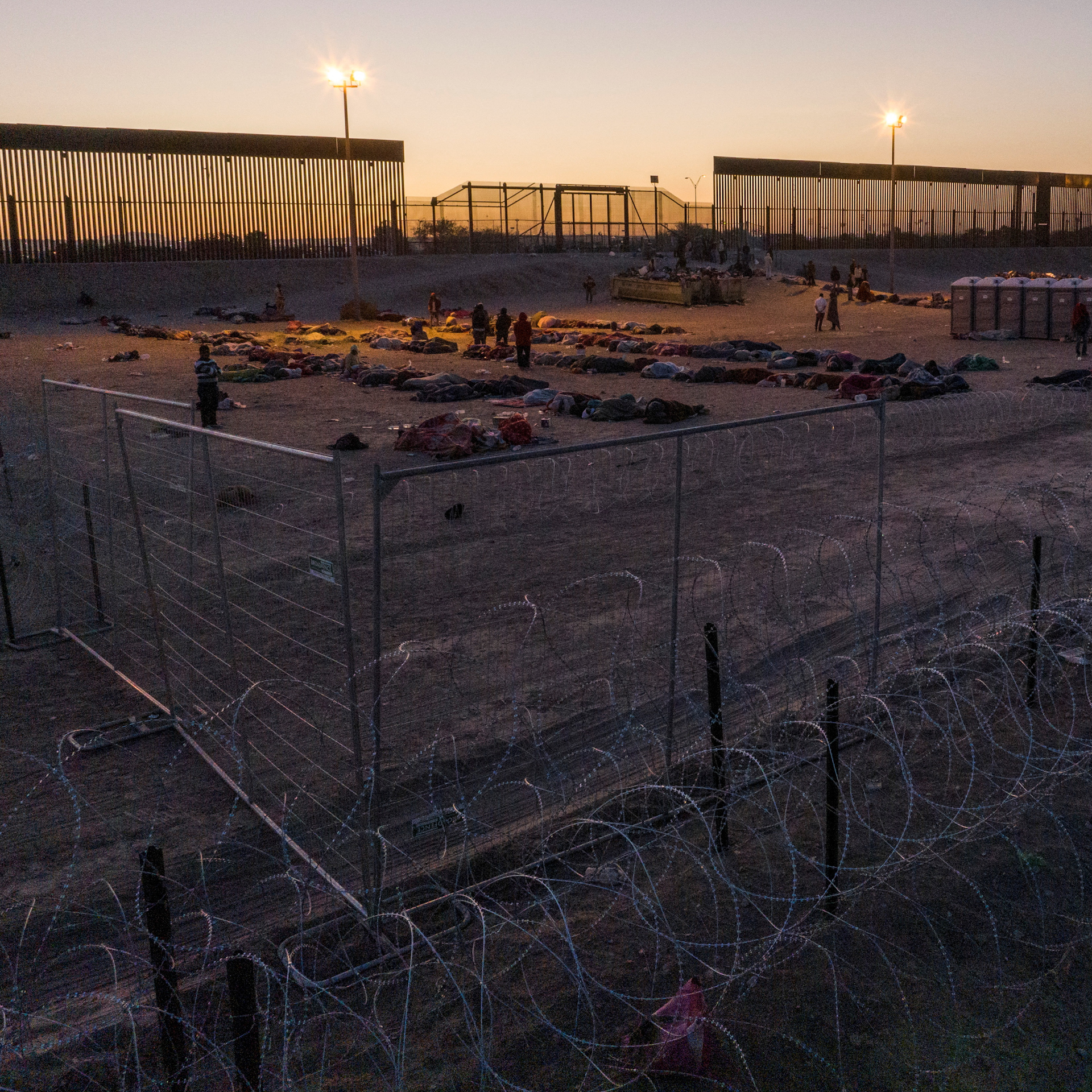The U.S.-Mexico border witnessed a significant policy shift Friday, May 12, as the Biden administration phased out a COVID-era policy that expedited the expulsion of migrants, known as Title 42. Concurrently, new asylum restrictions were introduced, leading to a wave of confusion and uncertainty.
This change spurred several urgent court actions, adding to the complexity of the situation. Advocacy groups have legally challenged the new asylum rule, arguing that it bears similarities to previous restrictive measures of the Trump era.
As the transition began, U.S. officials monitored the border, anxious about the potential strain on border facilities due to record migrant numbers. Despite concerns, the Department of Homeland Security reported no sudden increase in border crossings.
A few hundred would-be migrants queued up to enter the United States at Ciudad Juarez, Mexico. Across the border in El Paso, Texas, hundreds slept outside near the border fence. The Texas National Guard and border agents were on high alert, patrolling the areas and erecting barriers.
The new asylum regulation faced a late-night legal challenge from immigration advocates, including the American Civil Liberties Union. These groups allege that the Biden administration's rules violate both U.S. laws and international treaties.
Defending the new rule, Homeland Security Secretary Alejandro Mayorkas stressed that it aims to encourage legal migration rather than illegal crossings. Meanwhile, U.S. asylum officers scrambled to understand the requirements and logistics of the new process.

Many migrants in Mexico say they are opting to seek asylum through the U.S. asylum app, CBP One, instead of attempting unlawful crossings. However, issues with the app and the continued influx of migrants suggest that challenges remain.
As these changes unfolded, chaotic scenes erupted with migrants rushing to enter the U.S. before the new rule took effect. This rule presumes most migrants are ineligible for asylum if they haven't sought protection in other countries they passed through or failed to use legal pathways for U.S. entry.
The expiration of Title 42, initially implemented by Trump in March 2020 to control COVID-19's spread, marks the end of an era. The Biden administration faces criticism from some Democrats and immigration advocates who argue that the new regulation is overly harsh, denying migrants their right to apply for asylum.

As Biden's administration grapples with record numbers of migrants at the border, Republicans blame the loosening of Trump's restrictive policies. Despite this, the Biden team is determined to communicate that illegal crossings will face consequences, with additional personnel and troops deployed to the border.For more, check out our exclusive content on CGTN Now and subscribe to our weekly newsletter, The China Report.
Source(s): Reuters